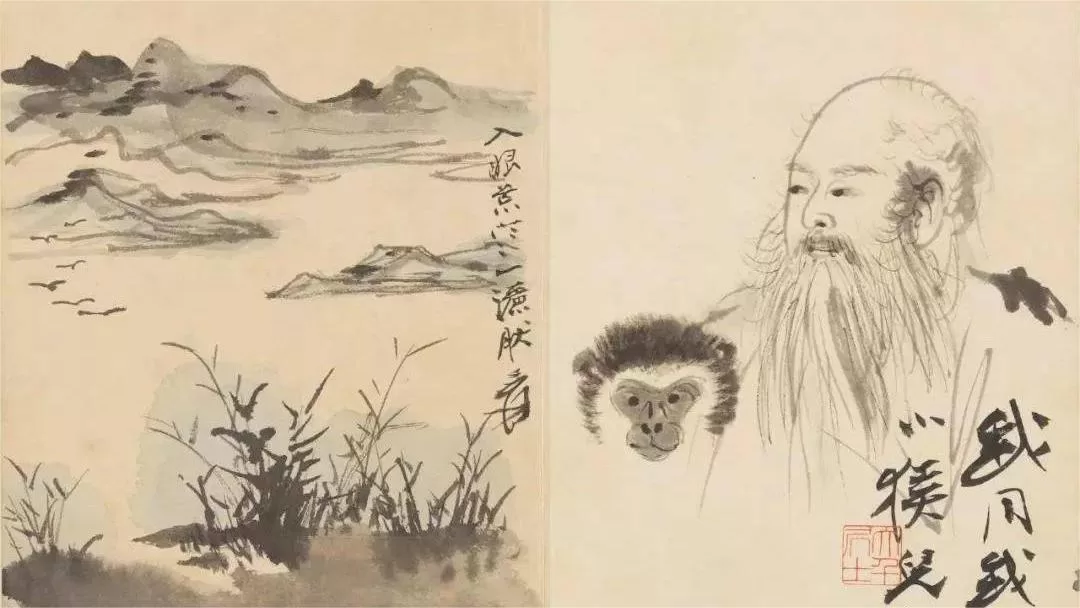Zhang Daqian (张大千) (1899-1983) is widely regarded as one of the most important Chinese painters of the 20th century. He was known for his exceptional technical skills, bold and innovative use of color, and ability to combine traditional Chinese painting techniques with Western art styles.
Born in Neijiang, Sichuan Province, China, Zhang Daqian was born into an artistic family, and began painting from a young age. His father was a painter, and his uncle was a skilled calligrapher, so he grew up surrounded by art and culture. In 1917, he traveled to Kyoto, Japan, where he studied Japanese painting and calligraphy. He returned to China in 1919 and settled in Shanghai, where he continued to study and develop his artistic skills.
Zhang Daqian was deeply influenced by the traditional Chinese painting techniques of the Song and Yuan dynasties, and his early work reflects this influence. He often used ink and watercolor to create landscapes, flowers, and birds, and his paintings were characterized by their bold brushstrokes, vivid colors, and dynamic compositions. In the 1920s and 1930s, he also began experimenting with Western art styles, such as Impressionism, Fauvism, and Expressionism, which he incorporated into his paintings.
In the 1940s, Zhang Daqian moved to Chengdu, Sichuan Province, where he began to paint large-scale murals and frescoes. He also began to experiment with new materials, such as silk, paper, and gold foil, which he used to create vivid and intricate paintings of landscapes, figures, and animals. His work during this period was marked by a sense of grandeur and scale, as well as a mastery of color and composition.
In the 1950s and 1960s, Zhang Daqian became increasingly interested in traditional Chinese painting techniques, and he began to focus more on the themes and subjects of classical Chinese painting. He painted many large-scale landscapes, portraits, and figure paintings, which were characterized by their exquisite detail, rich colors, and poetic sensibility. He also traveled extensively throughout China, studying the art and culture of different regions, and incorporating this knowledge into his paintings.
In the 1970s and 1980s, Zhang Daqian became increasingly recognized as one of the greatest Chinese painters of his time. He was awarded numerous honors and prizes, both in China and internationally, and his paintings were exhibited in museums and galleries around the world. His work continues to inspire and influence generations of Chinese artists, and his legacy as a master painter and innovator of the Chinese painting tradition remains secure.
In conclusion, Zhang Daqian was a master of Chinese painting, whose legacy continues to inspire and influence generations of Chinese artists.


